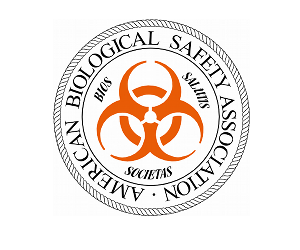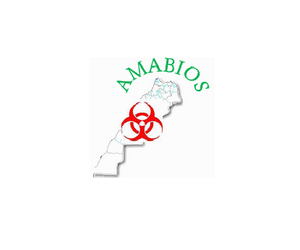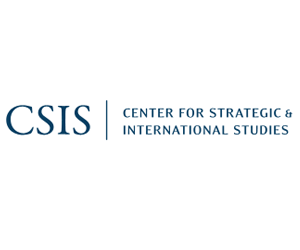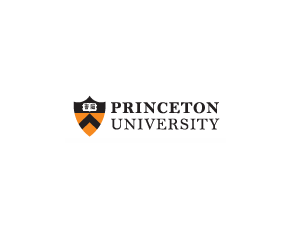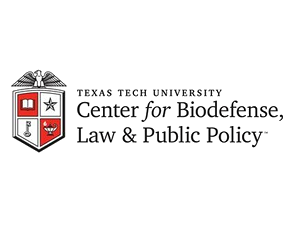Browse By Region

Browse By Category
Recent News
By Category: Research
Biosafety concerns for labs in the developing world
(Nature.com) Biocontainment labs across the Asia-Pacific region all too often fail to live up to the term. An inspection of dozens of labs has found that nearly one-third of the biosafety hoods intended to protect workers from deadly pathogens did not work properly — an offence for which a Western lab could be shut down. Read More »
- May 23, 2012
- | Filed under Africa, Asia/Pacific, Europe, Middle East, North America, South America, South Asia, Biosafety, International, and Research
US Government Supports Phase 3 Study of Bavarian Nordic’s Smallpox Vaccine
(Press Release) Bavarian Nordic announced today that the U.S. Department of Health and Human Services has supported the initiation of an expanded Phase 3 study of IMVAMUNE® smallpox vaccine. The government is stockpiling 20 million doses of IMVAMUNE® under a Project BioShield contract for use in a potential smallpox emergency. The company’s procurement contract was Read More »
- May 23, 2012
- | Filed under North America, Biotechnology, Countermeasures, Policy & Initiatives, and Research
Zooming in on bacterial weapons in 3-D
(Max-Planck-Gesellschaft) Max Planck scientists decipher the structure of bacterial injection needles at atomic resolution. The plague, bacterial dysentery, and cholera have one thing in common: These dangerous diseases are caused by bacteria which infect their host using a sophisticated injection apparatus. Through needle-like structures, they release molecular agents into their host cell, thereby evading the Read More »
- May 22, 2012
- | Filed under Europe, Agents & Toxins, and Research
Hester to launch vaccines for cattle and sheep diseases soon
(IBNLive.com) Ahmedabad – Animal vaccine manufacturer, Hester Biosciences today said it would soon commercially launch seven vaccines for specific cattle and sheep diseases in India. “In next six months we shall launch around five vaccines for specific cattle and sheep diseases in India, for which technology has been acquired from Indian Veterinary Research Institute (IVRI),” Read More »
- May 21, 2012
- | Filed under South Asia, Agriculture, Biotechnology, and Research
Designer Flu: How scientists made a killer virus airborne — and who should know
(Science News) Last summer, scientists performed an experiment that could have been ripped from the script of a Hollywood thriller. Sealed off in high-tech laboratories in the Netherlands and Wisconsin, researchers transformed one of the world’s most deadly viruses, transmissible by direct contact, into versions capable of spreading through the air.
- May 21, 2012
- | Filed under Europe, North America, International, Policy & Initiatives, Public Health, and Research




